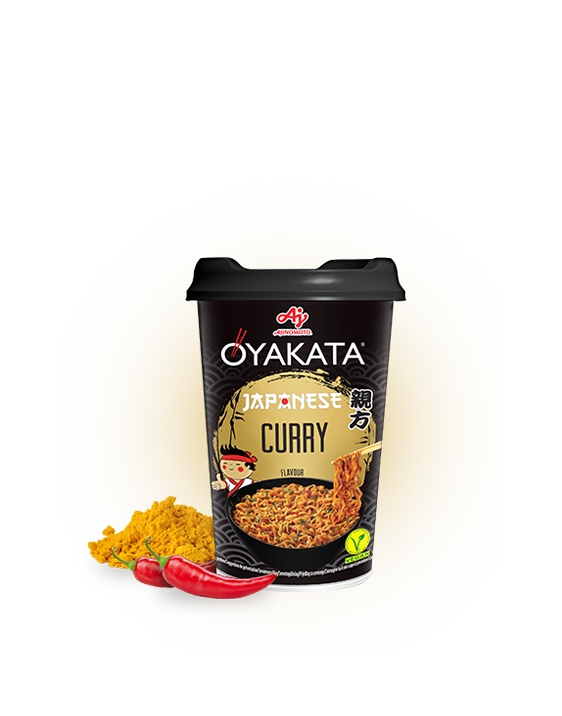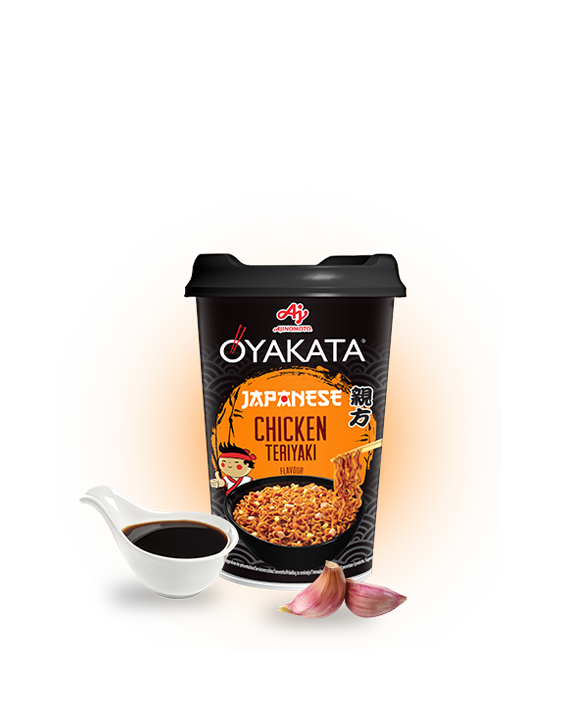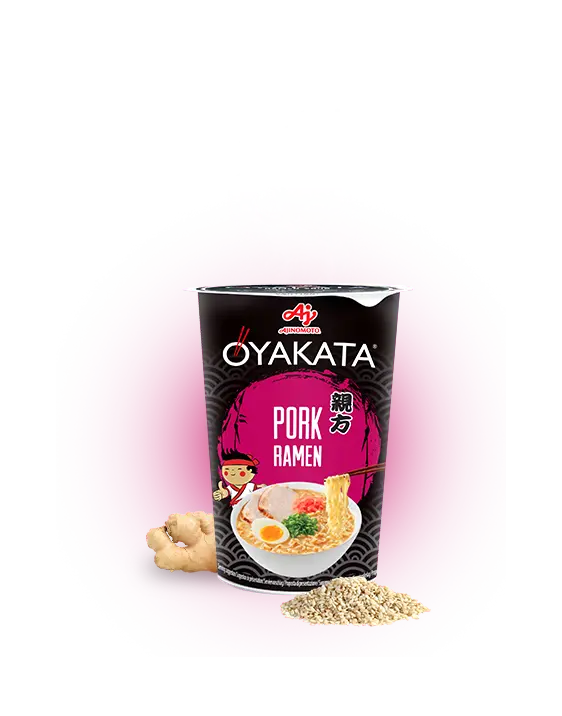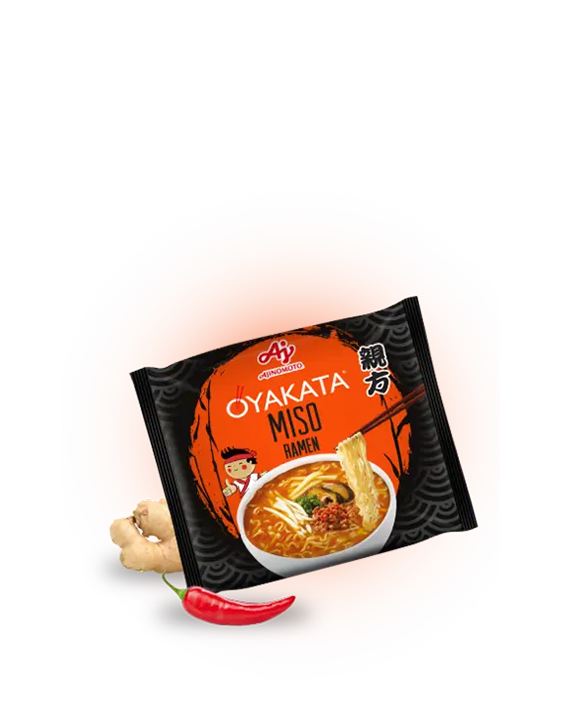

JAPANESE MATCHA – POWDERED GREEN TEA
Matcha – not “ma-cha”
The Japanese green powder has been winning over the Westerners as superfood for years. When asked by a European about the beneficial properties of “ma-cha,” a Japanese would probably spread his arms in surprise. Is the green madness just another marketing game? Do not worry, this is not the case. You probably would not be understood in Japan if you asked about “ma-cha.” The powdered green tea is not “ma-cha,” as often mispronounced by Western experts, but it sounds more like “mat-zia.” Before you start praising the unique properties of matcha (about which you are about to learn more), remember: the Japanese health treasure is not “ma-cha” but “mat-zia.”
Japanese powdered green tea
Known for centuries for its unique properties, Japanese matcha is obtained from the leaves of tencha – one of Japan’s oldest tea species. Matcha owes its characteristic taste to the special method of cultivating and processing green leaves. A few weeks before the harvest, the plants are shaded, and once harvested, they are treated with steam. Just 15-20 seconds of “evaporation” is enough to effectively prevents the oxidation of the leaves, allowing matcha to preserve its special green colour, aroma and unique nutritional values. Subsequently, stems and veins are removed from the leaves so that just the most valuable parts are dried. The green powder is formed as a result of the leaves being slowly ground in granite mills. Today’s production uses also automatic stone mills, which permit obtaining even more delicate and finer powder.
Alert calm – the properties of matcha
The powdered green tea has been used by Japanese Zen monks for centuries as an agent helping achieve the ‘alert calm’ necessary for long hours of meditation. The relaxation is the effect of L-theanine – a unique amino acid responsible for the sweetish taste of matcha. It is because of L-theanine that the tea cultivations are shaded before the harvest. This helps accumulate more of the beneficial substance in the leaves – more peace and relax. L-theanine stimulates the production of serotonin and dopamine, it improves the mood, successfully reduces stress level and blood pressure, alleviates the symptoms of PMS and has positive effects on memory and concentration.
Curiously enough, matcha has calming properties while concurrently stimulating the mind and improving concentration. Unlike coffee, it does not cause a sudden boost of alertness followed by a rapid energy drop. Even though a cup of matcha contains much less caffeine, it helps keep a stable energy level for 3-4 hours after consumption. This is because the caffeine contained in the tea is bound to catechin molecules which slow down its release to the bloodstream. So if you need an effective energy boost while working or studying, reach for a cup of green tea rather than another coffee – it will wake you up, help you relax and improve your concentration.
Matcha – an elixir of health and youth
When compared to regular tea, matcha has up to 15 times more active ingredients, which reach our body in 100%. In the case of tea leaves, we can use not more than 10-20% – the rest is wasted along with the leaves left on the bottom of the cup. Powdered tencha leaves are drank along with the infusion so we can enjoy its beneficial properties to a full extent. Matcha is primarily a repository of antioxidants. Research shows that one cup of the infusion supplies five times more antioxidants than any other food product.
Among the antioxidants, epigallocatechin gallate (EGCG) deserves special attention. Sounds serious, doesn’t it? Because it is a serious weapon in the fight for our health. EGCG has anti-inflammatory properties, regulates the functioning of the immune system and may be an important element of cancer prophylaxis. The substance also helps reduce bad cholesterol, supports treatment and inhibits the development of diabetes and heart diseases.
According to specialists from the University of Kansas, the antioxidant potential of catechins and polyphenols contained in matcha is even 100 times the antioxidant potential of vitamin C! This is why green tea is a true elixir of youth, which slows down ageing, supports regeneration of the body and protects the body against the harmful impact of external factors, including UV radiation (matcha has 9 times more beta-karotene than spinach!). Its nourishing and protective properties are used increasingly often in the cosmetic industry.
The pre-harvest shading increases the tencha leaf content of chlorophyll – an excellent body cleanser. The catechins in matcha improve metabolism and help lose weight. This is why the Japanese tea is recommended as supplementation for reducing diets and the daily menu of all those who want to stay in shape.
Matcha – how to brew it?
We could go on listing the beneficial properties of matcha but perhaps the best idea is simply to brew a cup of tea and enjoy effects immediately. How to do this? If you want to follow the tradition, you can prepare matcha just like the masters of the Japanese ceremonies do. Put the green powder to a chawan (bowl) using a chashaku (bamboo tea scoop), and then add 80°C water in a proportion of 1 teaspoonful per 100 ml water. Whisk the infusion with a special whisk shaper to obtain a slightly foamy consistency. In a simplified version, you can add water (remembering about the right temperature!) to the powder and stir energetically. This method is not just a Western shortcut but also a solution popular in Japan, proving useful for instance in sushi bars. Many establishments have a tap hot water tap, a matcha container and ceramic bowls on every table – everything you need to prepare the green infusion by yourself.
Matcha – where to buy it?
In Japan, you will find matcha basically anywhere you go – in herbal shops, pastry shops, cafés and supermarkets. Matcha latte, matcha-flavoured ice cream, green muffins, bars and even doughnuts with the green filling. The tea madness is also reaching the Occident – cooking blogs increasingly often have recipes using the green powder. Notwithstanding the form in which we consume it, matcha supplies a wide range of beneficial ingredients; still, such inventions as the German Matcha Weißwurst – a white and green sausage with matcha – seem questionable… To make a full use of its incredible potential, it is best to take to its slightly pungent, sweetish taste and drink it as a green infusion. In Poland the Japanese powdered green tea can be bought in physical and online herbal shops and in healthy food shops. Tested and appreciated for centuries, the properties of matcha are now confirmed in a number of scientific studies and analyses. So no wonder that being enthusiastic drinkers of the green infusion, the Japanese are one of the longest-living nations on the planet. Perhaps it is a good idea to replace another coffee with a cup of green tea? See for yourself – your body and mind are bound to return the favour!














